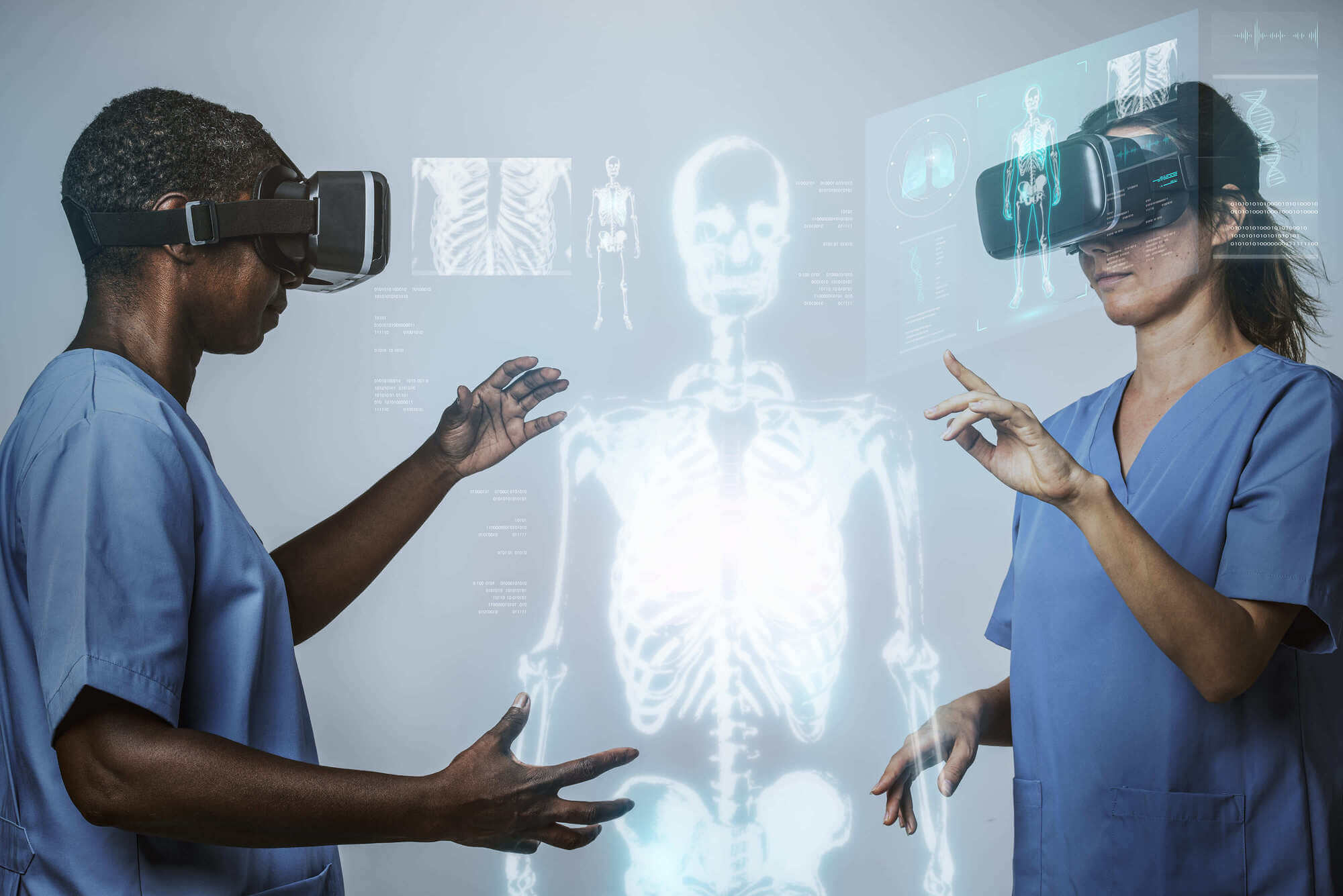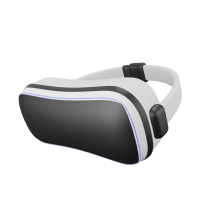
Application of virtual reality in healthcare
“Virtual reality is not a technology; it is a destination.” - anonymous.
Virtual Reality (VR) is an immersive technology that has transformed the way we interact with digital content and environments. It propels us into a world where the boundaries between the physical and virtual realms blur, offering experiences that are not just seen or heard but felt. In the realm of VR, users don headsets that transport them to captivating virtual landscapes, be it exploring fantastical realms, training for high-stakes professions, or simply enjoying immersive entertainment.
VR’s evolution has been nothing short of remarkable, driven by advancements in hardware, software, and content creation. It has transcended its roots in gaming to find applications in diverse fields, from healthcare and education to architecture and the arts. As this technology continues to mature, its potential to revolutionize how we learn, work, and entertain ourselves becomes increasingly evident.

Virtual Reality (VR) has made significant inroads into the healthcare industry, transforming various aspects of patient care, medical training, therapy, and research.
Medical Skilling, Training and Education: VR offers a safe and immersive environment for medical students and professionals to practice surgical procedures and medical scenarios. It allows for realistic simulations that can enhance skills and improve decision-making without the need for real patients. As patients could turn out to be casualties in the practice of medical professionals.
Palliative care: VR can serve as a distraction therapy tool, helping patients manage pain and anxiety during medical procedures, such as wound dressings, injections, or physical therapy sessions. Immersive VR experiences can divert attention away from pain, promoting faster recovery.
Exposure Therapy: VR is used in the treatment of various mental health conditions like phobias, post-traumatic stress disorder (PTSD), and anxiety disorders. Patients can gradually confront their fears in a controlled and supportive virtual environment.
Physical Rehabilitation: VR-based exercises and games are employed in physical therapy and rehabilitation to make the process more engaging and motivating. Patients recovering from injuries or surgeries can perform exercises while immersed in entertaining VR environments.
Cognitive Rehabilitation: VR is used in cognitive rehabilitation programs for patients with neurological conditions like stroke, traumatic brain injury, or Alzheimer’s disease. Customized VR tasks can improve memory, attention, and problem-solving skills.
Remote Consultations: Telemedicine in VR allows patients to have remote consultations with healthcare professionals. This is especially valuable for patients in remote areas or those with limited mobility.
Preoperative Planning: Surgeons can use VR to plan and practice complex surgeries, exploring 3D reconstructions of patients’ anatomy. This can improve surgical precision and reduce risks.
Therapeutic Games: VR-based games and experiences are used as part of therapeutic interventions for children with autism, attention-deficit/hyperactivity disorder (ADHD), and other developmental disorders.
Patient Engagement: VR can engage and motivate patients in their healthcare journeys. It can educate them about their conditions, treatment options, and lifestyle changes through interactive and immersive experiences.
Data Visualization: Healthcare professionals use VR to visualize complex medical data, such as 3D imaging of the human body or molecular structures. This aids in diagnosis and treatment planning.
Stress Reduction: VR relaxation and mindfulness applications help reduce stress and anxiety for both patients and healthcare providers, fostering a more calming and positive healthcare environment.
Clinical Research: VR is utilized in clinical research studies for assessing the efficacy of new treatments or therapies and understanding patient responses in controlled virtual environments.
Any questions à Projects? Let's talk.
While VR has made remarkable strides in healthcare, it continues to evolve, offering new opportunities to improve patient care, enhance medical training, and drive medical research forward. As technology advances and becomes more accessible, the potential for VR to positively impact healthcare remains promising.


















